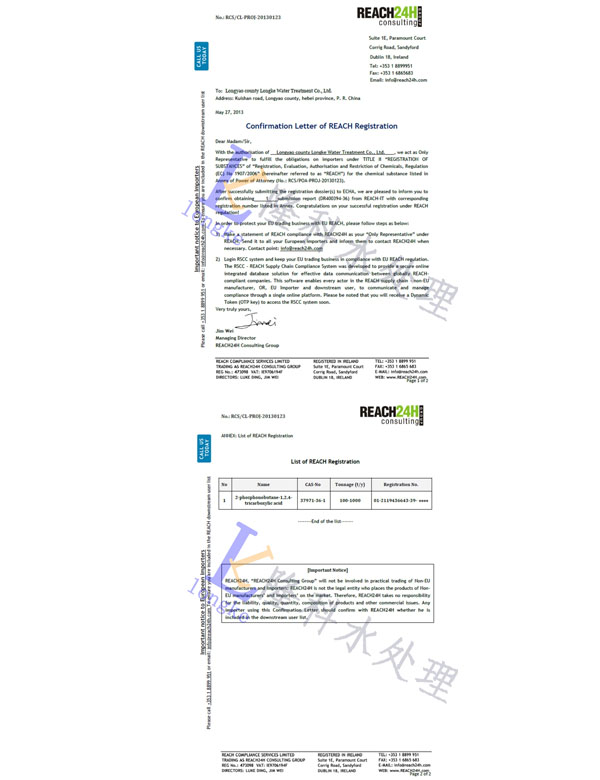poly aluminium chloride in wastewater treatment
The Role of Poly Aluminum Chloride in Wastewater Treatment
Wastewater treatment is a crucial process for protecting public health and the environment. With the escalating concerns regarding water quality and safety, innovative solutions are being sought to enhance the effectiveness of treatment methods. One such solution is the use of Poly Aluminum Chloride (PAC), a widely recognized coagulant that has gained significant attention in the field of wastewater management.
Poly Aluminum Chloride is a versatile chemical compound made from aluminum chloride, which has been modified to enhance its coagulation properties. Its use in wastewater treatment is primarily due to its effectiveness in removing suspended solids, colloidal materials, and organic pollutants. The structure of PAC allows it to interact with impurities in wastewater, forming larger aggregates that can be easily removed during the subsequent sedimentation or filtration stages.
One of the primary advantages of PAC over traditional coagulants, such as aluminum sulfate, is its higher performance in a wider range of pH levels. PAC exhibits optimum coagulation efficiency across varying conditions, making it suitable for treating different types of wastewater, including industrial, municipal, and agricultural runoff. This adaptability reduces the need for extensive pre-treatment adjustments, thus simplifying the overall treatment process.
Moreover, PAC has been shown to produce less sludge compared to traditional coagulants. The reduction in sludge generation is crucial for wastewater treatment facilities, as it decreases the burden on sludge handling and disposal systems. This not only minimizes operational costs but also aligns with the goals of sustainable waste management practices. The lower volume of sludge generated means fewer resources are needed for disposal, resulting in an overall reduction in environmental impact.
poly aluminium chloride in wastewater treatment

The efficacy of PAC in removing contaminants also extends to its ability to enhance water clarity and reduce turbidity. In many cases, wastewater can contain high levels of turbidity caused by suspended particles. PAC’s unique mechanism allows it to aggregate these particles effectively, leading to clearer effluent. This is particularly important for facilities discharging treated water into natural bodies of water, as it helps to maintain ecological balance and protects aquatic life.
In addition to its coagulation properties, PAC has demonstrated promising results in removing heavy metals and other toxic substances from wastewater. Industrial wastewater often contains hazardous materials that pose significant health risks if released untreated. The use of PAC can aid in precipitating these heavy metals, thereby preventing them from entering the environment. This dual function of PAC not only addresses turbidity but also enhances compliance with regulatory standards for discharge water quality.
The application of PAC in wastewater treatment is not without challenges. An important consideration is the proper dosing of the chemical, as excessive use can lead to undesirable effects, such as overdosing and subsequent water quality issues. Therefore, it is essential for wastewater treatment facilities to conduct regular monitoring and optimization of PAC usage to achieve the best results.
In conclusion, Poly Aluminum Chloride has emerged as a valuable tool in the realm of wastewater treatment. Its effectiveness in coagulating impurities, adaptability across varying pH levels, reduced sludge production, and ability to remove toxic heavy metals position it as a preferred coagulant for various applications. As the global focus on sustainable water management continues to intensify, the role of PAC is expected to expand, promoting cleaner water and a healthier environment for future generations. Proper implementation, monitoring, and optimization of PAC will be crucial for maximizing its benefits in wastewater treatment systems, ensuring that it contributes positively to the ecosystem and public health.
-
Water Treatment with Flocculant Water TreatmentNewsJun.12,2025
-
Polymaleic AnhydrideNewsJun.12,2025
-
Polyaspartic AcidNewsJun.12,2025
-
Enhance Industrial Processes with IsothiazolinonesNewsJun.12,2025
-
Enhance Industrial Processes with PBTCA SolutionsNewsJun.12,2025
-
Dodecyldimethylbenzylammonium Chloride SolutionsNewsJun.12,2025





